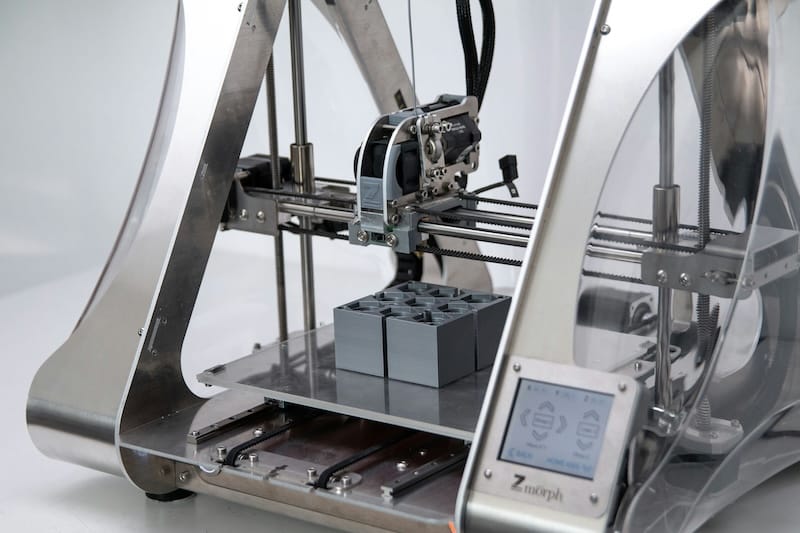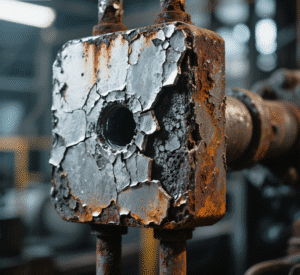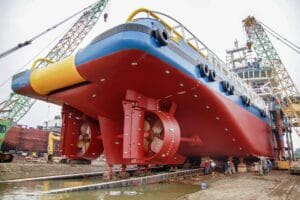Introduction: The Critical Role of Material Quality in 3D Printing
In 3D printing, the quality and consistency of materials directly affect the performance and reliability of the final product. Titanium powder has become a preferred material in this field, thanks to its unique properties and ability to meet stringent manufacturing standards. Ensuring consistent quality is essential for industries like aerospace, healthcare, and automotive, where precision and durability are paramount.
Titanium powder ensures material consistency and quality in 3D printing through its uniform particle size, high purity, and excellent flowability, enabling precise and reliable manufacturing processes. These attributes make it indispensable for producing high-performance parts.
Let me share how titanium powder is revolutionizing 3D printing with its exceptional consistency and quality control features.

Why Is Uniform Particle Size Important in 3D Printing?
The particle size of titanium powder determines its ability to spread evenly during the 3D printing process, which is critical for producing high-resolution parts. Uniform particle size ensures that each layer of the printed part is consistent and defect-free.
In my experience, titanium powder with tightly controlled particle size distribution prevents issues like uneven layering or surface imperfections. This consistency is vital for applications where precision is non-negotiable, such as in aerospace engine components or medical implants.
How Does Titanium Powder’s High Purity Improve Quality?
Impurities in 3D printing materials can weaken the final product, compromising its strength, durability, and performance. Titanium powder is produced with high levels of purity, ensuring reliable results.
I’ve observed that high-purity titanium powder minimizes the risk of defects, such as cracks or porosity, in printed parts. This purity is especially important in industries like healthcare, where biocompatibility is critical, and in aerospace, where parts must meet rigorous safety standards.
Why Is Flowability Critical for Titanium Powder in 3D Printing?
Flowability refers to how easily titanium powder moves and spreads within the 3D printer. Excellent flowability ensures that the powder layers evenly and consistently during the printing process.
Using titanium powder with optimal flow properties, I’ve seen how manufacturers achieve smooth, uniform layers, leading to parts with superior mechanical properties and surface finishes. Consistent flowability also reduces material waste and improves production efficiency.
How Does Quality Control in Titanium Powder Production Impact 3D Printing?
The production of titanium powder involves stringent quality control measures, such as gas atomization or plasma atomization, to ensure uniformity and performance. These processes produce powder with consistent size, shape, and purity.
I’ve found that titanium powder subjected to rigorous quality checks performs reliably in 3D printing, reducing the risk of defects and ensuring that parts meet exact specifications. This consistency allows manufacturers to scale production while maintaining high standards of quality.

How Does Titanium Powder’s Consistency Enhance Reliability in Critical Applications?
In industries like aerospace and healthcare, where failure is not an option, material consistency is crucial. Titanium powder’s reliability ensures that printed parts perform as intended under demanding conditions.
For example, in aerospace, titanium powder produces components that withstand extreme temperatures and stresses. In healthcare, it ensures the biocompatibility and durability of patient-specific implants. From my perspective, this level of reliability is a testament to the quality of titanium powder and its role in enabling groundbreaking advancements.
Claim: Why Titanium Powder Sets the Standard for 3D Printing Materials
Titanium powder’s uniform particle size, high purity, excellent flowability, and rigorous quality control ensure material consistency and quality in 3D printing. These attributes make it a critical material for producing reliable, high-performance parts in demanding applications.
Conclusion: Titanium Powder’s Role in Ensuring 3D Printing Success
Titanium powder is a cornerstone of high-quality 3D printing, offering consistency, reliability, and superior performance. Its unique properties ensure that every layer is precise, every part is durable, and every product meets the highest industry standards.
For me, working with titanium powder has highlighted its unmatched capabilities in enabling advanced manufacturing. Its role in ensuring material consistency and quality is driving the success of 3D printing across industries, shaping the future of innovation and production.






